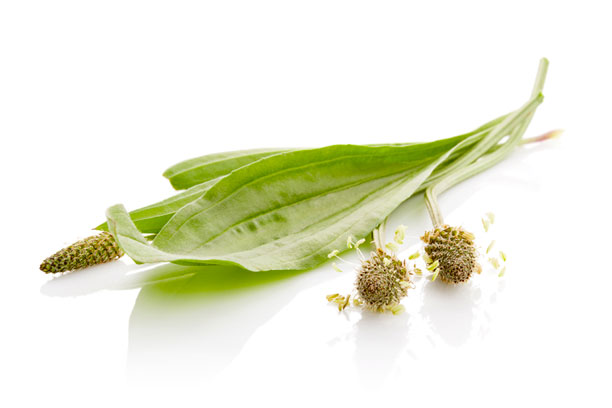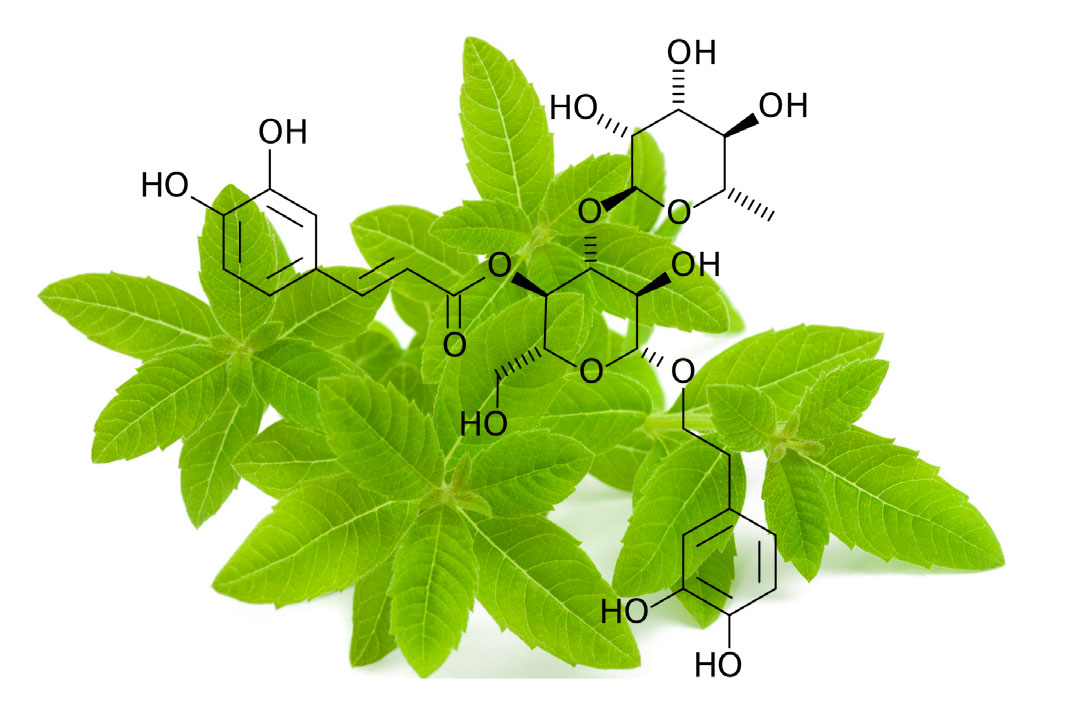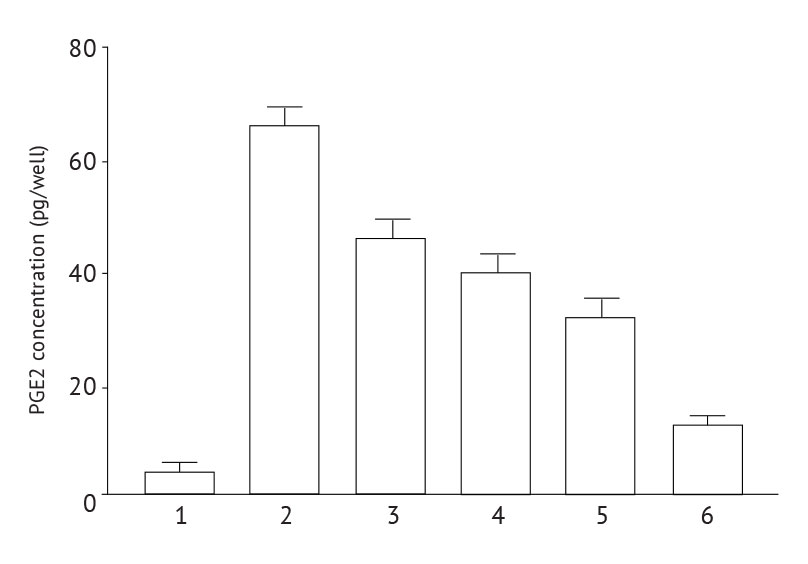
A new studied botanical extract by LaBiotre
From the union of lemon verbena and plantain

Lemon Verben
Lippia citriodora also known as Lemon Verbena is a plant of genus Lippia.
Health benefits of this plant are very wellknown by indigenous populations of South America and by CTM (Chinese Traditional Medicine) that use it as a treatment for respiratory diseases.
Its phytocomplex is mainly represented by terpenoids, but it also presents different polyphenols such as Verbascoside.

Plantain
Plantain (Plantago lanceolata) is a very well known plant, found in Europe, western Asia, and northern Africa. In the Canary Islands, this variety of plantain has been used traditionally to treat kidney and urinary disorders. The phytocomplex presents a wide range of molecular families such as flavonoids, polyphenols (including Verbascoside), iridois glycosides (aucubin and catalpol).
A brand-new botanical extract with a standardization in
VERBASCOSIDE
VERBASCOSIDE
Verbascoside is a phenylethanoid glycosides.
This molecule have been studied in the past years in vivo and in vitro tests, resulting in several interesting activities such as:
This molecule have been studied in the past years in vivo and in vitro tests, resulting in several interesting activities such as:
- ANTIMICROBIAL
- ANTISPASMODIC
- ANTIOXIDANT
- ANTINFLAMMATORY

Orthopedics
cardiovascular
allergy
neurology
gastroenterology
ginaecology
Main features
From the union of peculiar proportion of plantain and lemon verbena soft extracts, Labiotre developed an exclusive raw material which main features are:- Standardized in verbascoside 5%
- Granular extract
- Standardized in aucubin 2%
- Water/ethanolic traditional extraction
- Selective inhibition activity on cox-2
Our results
Labiotre performed an in vitro test to investigate the effect of Verbascox, titred in verbascoside (≥5%) and aucubin (≥2%), against LPS-stimulated expressions of COX-2 in human neutrophils using both reverse transcription-polymerase chain reaction (RT-PCR) and a PGE2 immunoassay.
PGE 2 concentrations
at different sperimental conditions- Control
- Cells exposed to LPS
- Cells exposed to LPS + Verbascox 1%
- Cells exposed to LPS + Verbascox 3%
- Cells exposed to LPS + Verbascox 5%
- Cells exposed to LPS + Celecoxib 1%

COX-2 concentrations
at different sperimental conditions- Control
- Cells exposed to LPS
- Cells exposed to LPS + Verbascox 1%
- Cells exposed to LPS + Verbascox 3%
- Cells exposed to LPS + Verbascox 5%
- Cells exposed to LPS + Celecoxib 1%
Not cytotoxic
Inhibitory action con COX-2 comparable to celecobix (in vitro study)
Dose dependent inhibitory activity on PGE2
